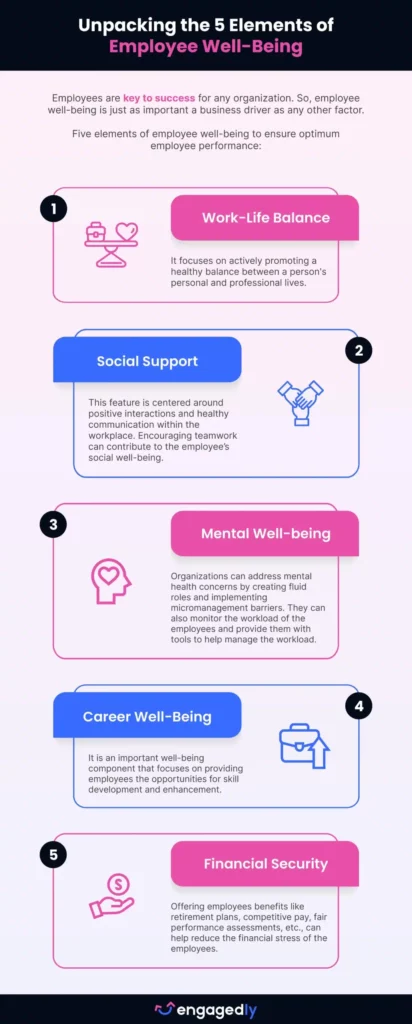This post was originally published on this site
Employee well-being is a foundational element in creating a workplace environment that not only nurtures individuals but also significantly enhances overall performance. A focus on well-being acknowledges that employees are not just resources but human beings with physical, mental, and emotional needs. When organizations prioritize the health and happiness of their workforce, it creates a positive ripple effect on productivity, engagement, and job satisfaction.
One of the key advantages of emphasizing employee well-being is the direct impact it has on performance. Physical well-being, including factors like access to wellness programs, ergonomic workspaces, and health benefits, contributes to increased energy levels and decreased absenteeism. A healthy workforce is more resilient and better equipped to handle the demands of the job, leading to improved performance and sustained productivity.
Moreover, addressing mental and emotional well-being is equally crucial. In today’s fast-paced work environments, stress and burnout are prevalent concerns. Organizations that invest in mental health resources, offer flexibility, and promote a supportive culture create an environment where employees feel valued and understood. This, in turn, enhances focus, creativity, and collaboration, directly influencing performance outcomes. Ultimately, the importance of employee well-being in the workplace is not just a compassionate approach; it’s a strategic imperative

